Introduction
Plastic film is still a vital component of modern packaging. Often that unseen but necessary barrier between product and customer, it gives protection from environmental damage such as humidity or temperature extremes-conditions which would otherwise have long ago shriveled our fruits or baked our bread beyond recognition. However it is not just for physical protection that plastic film is used: some 40% of everything you put in your shopping basket goes through the wrapping machine first and before things get any further down chain there must be at least a semi-secure seal with safety features built-in. 2.Choosing the right plastic film can mean the difference between your product lasting weeks or just days.
3 Types of Plastic Films Used in Packaging
Common types of plastic films used in packaging are Low-Density Polyethylene (LDPE), High-Density Polyethylene (HDPE), Polyvinyl Chloride (PVC), Polyethylene Terephthalate (PET) and Polypropylene (PP). Each variety has unique properties that can have varying effects on its use as packaging material. For example, LDPE's qualities as a material are flexibility and transparency while PET is especially good for gas and moisture barrier properties. 4.This article investigates the relationship between the choice of plastic film and product quality, safety or how long it lasts.
5 Barrier Properties of Plastic Films
The barrier properties of plastic films play an important role in lengthening the shelf life of PRODUCTS. The ability of a film to block gases such as oxygen and carbon dioxide can slow down oxidation and rot, preserving freshness in its best form. Likewise, moisture barrier properties stop water vapour from entering, which might otherwise result in mold formation or reduce product quality. 6 On the contrary, gases and moisture are allowed to pass out through a film that is permeable. High permeability can lead to a shorter shelf life because of the exchange of materials (such as carbon dioxide for oxygen) taking place between products and environment, resulting in foul food. In contrast with this is low permeability, which can mean increasing shelf lives for products by effectively barring these elements.
Antiseptic and Antifungal Properties
Some plastic films are treated with antiseptic or fungistatic agents (inhibitors of the growth of microorganisms can cause spoilage), which thus improve the products' storage properties. These films are especially beneficial in prolonging the shelf life of perishable goods such as fresh produce, meats, and dairy products.
Barrier Against Light and Barriers for Oxygen
light--especially ultra-violet (UV) spectrum light--can lead to the degeneration of certain products. Plastic films which have good light barrier properties protect light-sensitive products from light exposure thereby preserving them more fresh for longer periods without preservative additives. Similarly, in products oxidation caused by oxygen can lead to tarnishing, decay or further spoilage. Strong films serve as an excellent barrier protecting products from oxidation and so keep quality high all the way down the line where freshness ends up meeting quality again on a subsequent day of consumption.
Case Studies and Practical Examples
Case studies have elucidated the effects of plastic film choice on product shelf life. For example, one study comparing fresh produce packaged in LDPE vs. PET films showed that almost 50% longer shelf lives were had for fresh foods stored using the latter material, which has better gas barrier properties. Light sources are precluded through them most effectively; so this can be fresh vegetables pickled now instead of getting rotten in waterlogged manure! Similarly, the application of antimicrobial films has been proven to kill off spoilage organisms in meat products, adding a few days more life span onto them.
Future Trends in Plastic Film Technology
Plastic film technology of the future promises even greater advances in shelf life. As well as fresh bar code labeling on packaging, emerging technologies include "intelligent" packaging to monitor environmental conditions and inform consumers when their food is going bad; active films, which absorb ethylene gas released by ripening fruit trees causing fruit to go off much quicker than it would naturally otherwise; anti-fogging or antistatic films that can be used for camera lens cleaning etcetera while still repelling water--and all this on top of the film's primary function.
Conclusion
The choice of plastic film is a critical factor in determining the shelf life of products. By understanding the properties of different plastic films and selecting the appropriate type for the specific needs of a product, packaging professionals can significantly extend shelf lives and maintain quality. As technology continues to advance, the potential for even greater improvements in plastic film performance becomes a reality. Products keep longer and new ones appear.


